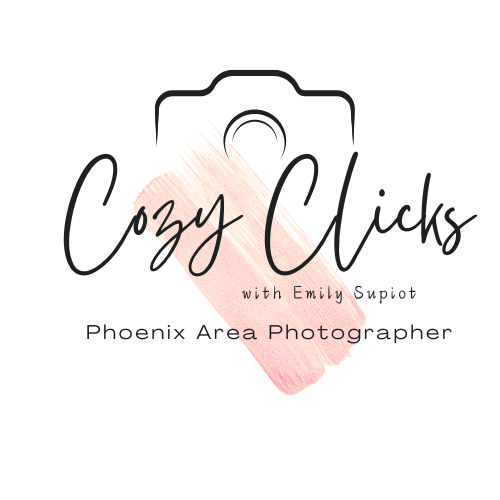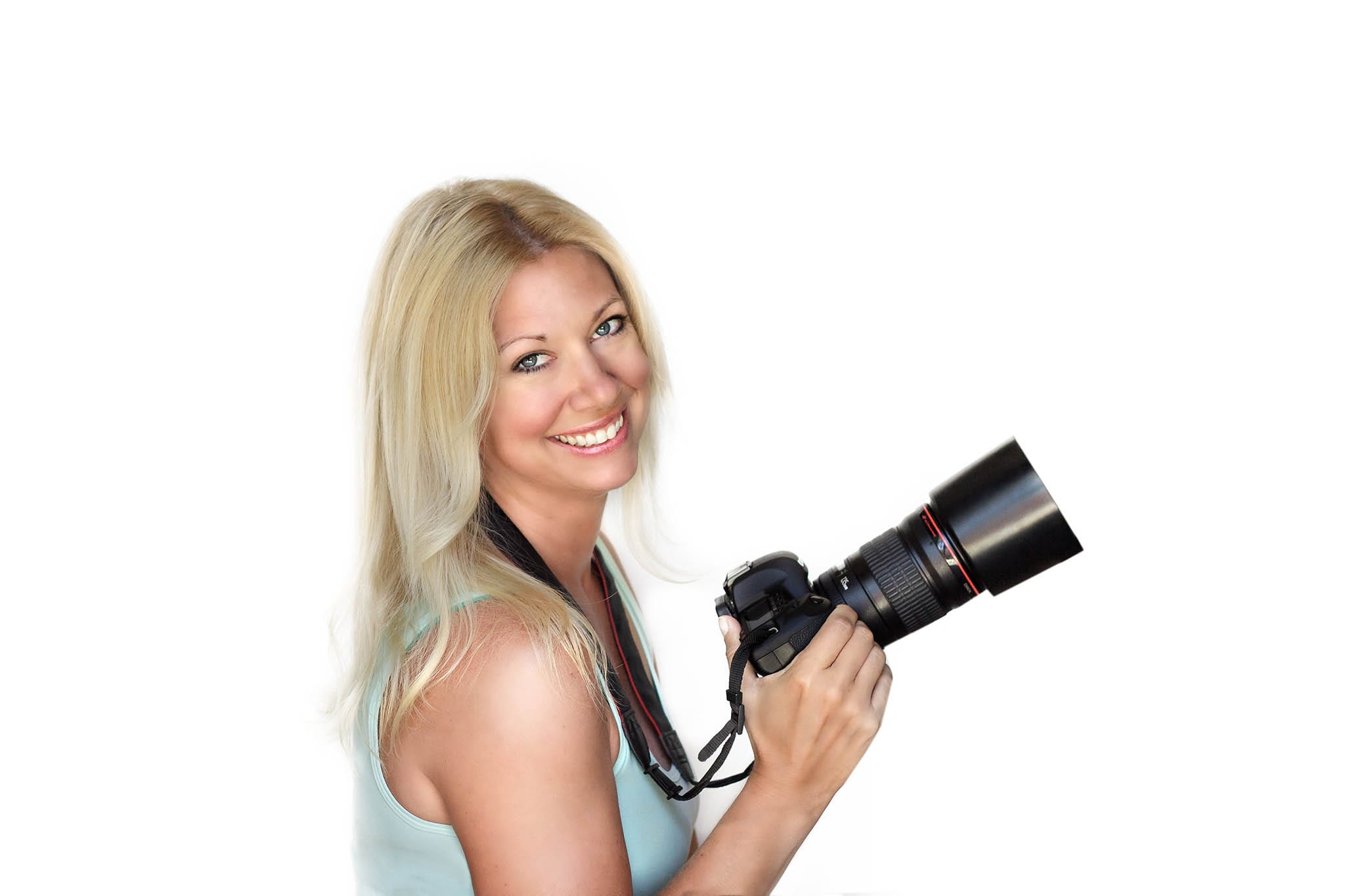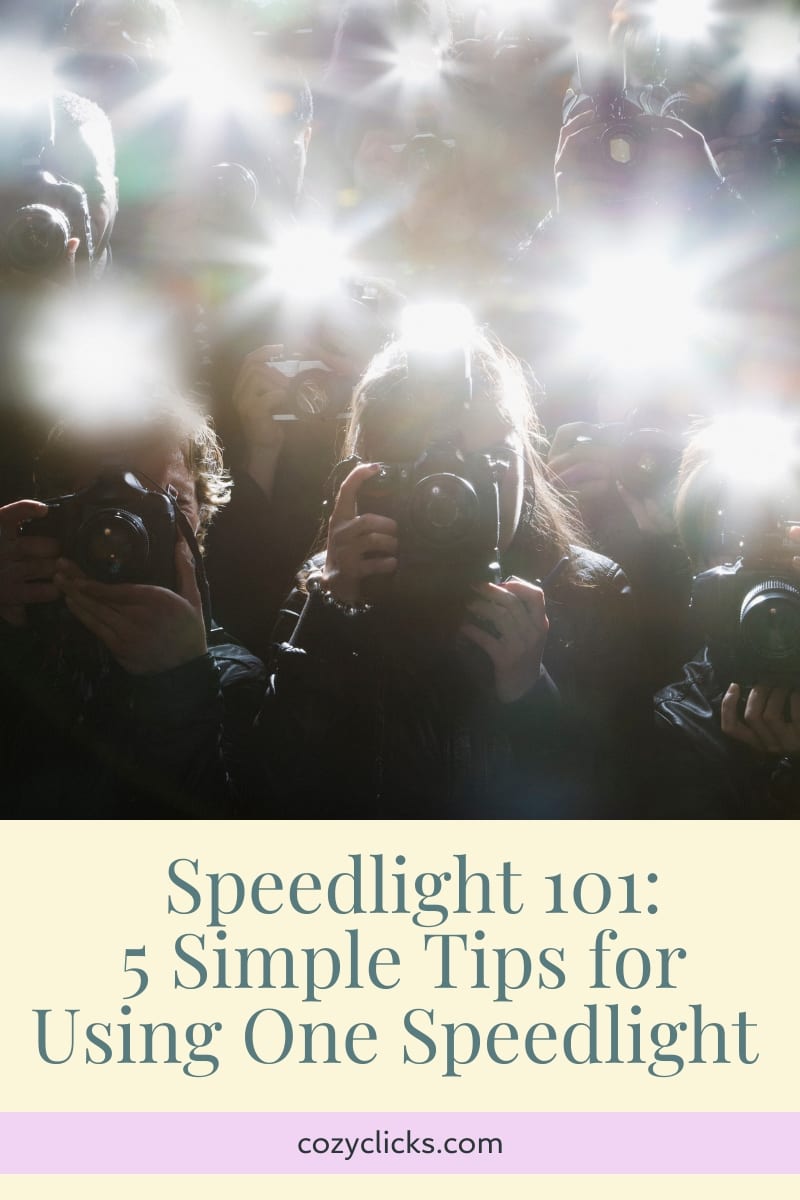
A Guest Post From Cole Humphus
It’s challenging for any photographer to shoot in low light environments, especially indoors or against strong contrasts. Lack of light can affect your output, and sometimes all you need is a single speedlight to solve this problem. Here are simple tips on how to get started.
Speedlight 101: 5 Simple Tips for Using One Speedlight
Portable and easy to set up, speedlights are one of the most convenient pieces of gear you can use to enhance your photos. With a bit of practice, you’ll be using it professionally in no time.
Understand Natural Light and Imagine the Sun
First thing you must do is to get a basic understanding of working with natural light. Using a speedlight means trying to supplement, emulate, or substitute natural light.
Visualize how natural light can influence your shots. From there, decide where to position your flash.
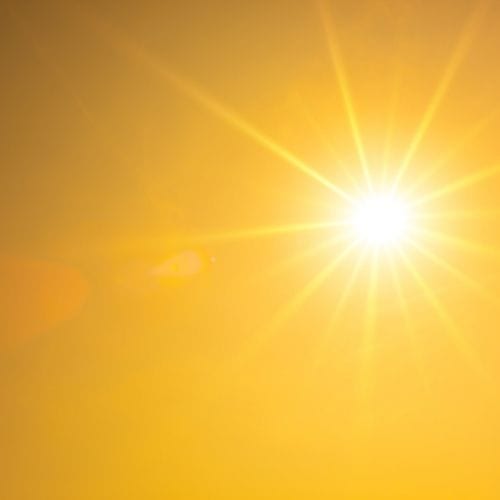
Bounce and Diffuse the Light
One of the best ways to illuminate a picture using a flash is by bouncing the light output off of something else. Bouncing the light from another surface helps spread the light further in a room, creating more flattering light.
However, it’s essential that you think of the right angle where to bounce off the light. If you want to soften the light and make it less harsh, you can always diffuse it.
Here are some key points to remember:
- Bounce into the ceiling to create a more even light distribution.
- Bounce off the walls to emulate window light or make directional light.
- Bouncing light off a larger object increases the size of the light source. Hence, the larger the light source, the softer the light.
- To reduce the harshness of a flash, use a slide-out wide-angle diffuser. You can also clip diffusion domes on the speedlight to spread light further while reducing shadows.
- For an indoor shoot, tilt the speedlight’s head about 45 to 80 degrees. Pop out the white bounce card for a softer, yet evenly lit photo.
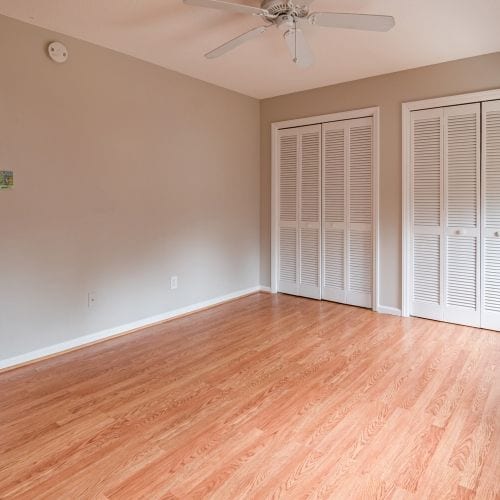
Use ISO to Increase the Power of a Single Speedlight
Increasing the ISO impacts the overall brightness of the exposure. Thus, your flash becomes more powerful when you increase the ISO.
As a general rule of illuminating subjects, use low ISO values when you flash in low light. The camera setting is a case-to-case basis, although you can follow these for starters:
- Low light indoors: 800-1600
- Sufficient light indoors: 400-800
- Low light outdoors: 400-1600
- Sufficient light outdoors: 100-400
RELATED PODCAST: HOW TO MASTER MANUAL MODE
Shoot with the Flash at a 45 Degree Angle
Sometimes, the biggest challenge with a speedlight is knowing where to place it, especially if you want to utilize it as an off-camera flash. As a rule of thumb, place it at a 45 degree angle from where your subject is standing. This will give you directional light with highlights and shadows, rather than having the light pointing straight at them and producing a flat image.
If you don’t have a light stand to place your light on for this, you can also have an assistant hold it as high as they can. This will help the light come from a higher angle, rather than at face-level.
Turn One Flash Into Many With Composite Photography
What if you have four subjects in one photo, and you want to highlight their faces? The solution is to underexpose to darken the scene and allow maximum light of speedlight to reflect on the subjects.
Once your subjects are in position, take four photos without moving your camera or the subjects. The only thing that should move is the speedlight stacked with a MagSphere on top of a MagGrid. Make sure to aim the flash at the face of each subject.
The goal is to control the discharge of light, so no stray light bounces off of nearby subjects or surfaces. With this trick, you can achieve a very tight circular pattern of light on the faces of the subjects.
Conclusion
Don’t be afraid to use flash! Remember, you can swivel the head up to 350 degrees. Likewise, you can adjust the angle up and down up to 90 degrees.
As you can see, there are lots of ways for you to modify the light. With extra lighting, you’ll be amazed by how you can improve the quality of your photographs.

Thanks to our guest author, Cole Humphus of Cole’s Classroom! In addition to these 5 tips, Cole’s Classroom is filled with several tutorials about how to easily use your speedlights to create beautiful lighting!
